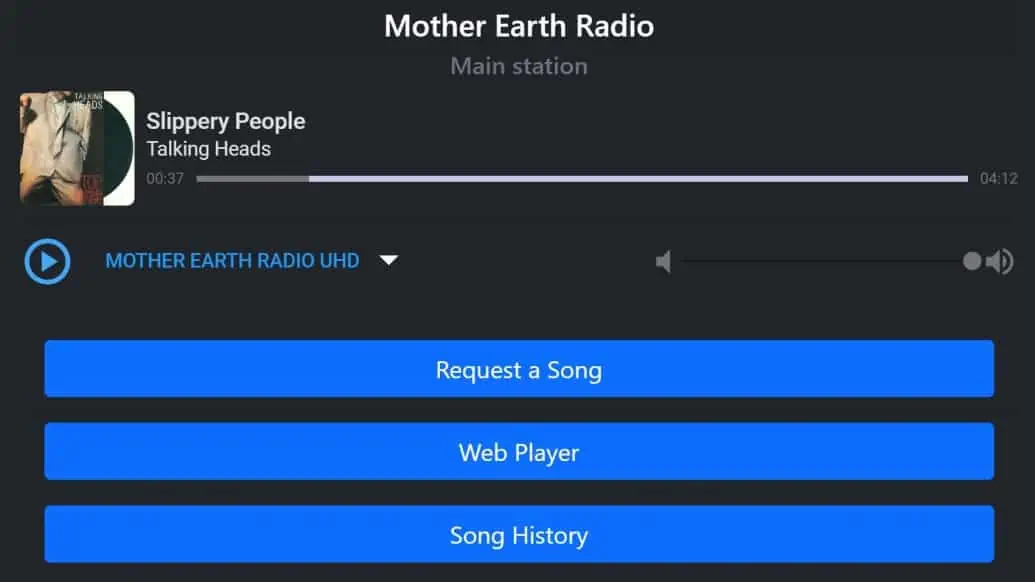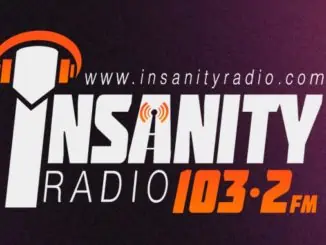
Mother Earth Radio upgrades its streams broadcasting FLAC at 192kHz on two of its three channels. In a recent announcement the station’s found Florian Reiterer said, “We have a big update on Mother Earth Radio, we are now broadcasting in 192kHz sampling rate. That’s why we have also radically eliminated all CDs or similar and now only play vinyl or HiRes Audio files. The recordings are now made with a record needle with up to 100kHz frequency response, tube preamps and RME audio interfaces, so what comes out of Mother Earth now is the ultimate sound experience in my opinion.”
He continued, “We are working hard to rebuild the catalogue in superior audio quality, but are already on air in 192kHz. Still all free-to-air, the instrumental channel is still running CDs, and it remains at 96kHz for now.”
According to a recent blog post on their site, Mother Earth Radio maintains that ‘LPs are considered the audiophile solution par excellence. The music is recorded in analogue quality, is a one-to-one copy of the sounds produced by the musicians.
Even playing a vinyl LP involves the listener: the recording medium must be carefully taken out of its sleeve, gently placed on the record player and cleaned of dust, and the needle must be placed on the groove with the utmost care.
The record covers, often designed by great artists, in large format and good print, take you even further, promising in their design already an inkling of the music they contain.
Once you have enjoyed the sound of such an audiophile work of art on a proper stereo system, you will hardly be able to get enthusiastic about a piece of music played on a mobile phone speaker. The vocals are barely intelligible, the bass range non-existent, the highs strangely exacerbated.
Mother Earth Radio gives you the opportunity to enjoy vinyl record-like sound quality again. We record albums with audiophile equipment in high-resolution format and broadcast them in 192kHz Hi-Res Audio format. That means the record is only converted twice, once during recording and then at your DAC converter at home. So, we come as close as possible to the original analogue signal – listen for yourself!’




